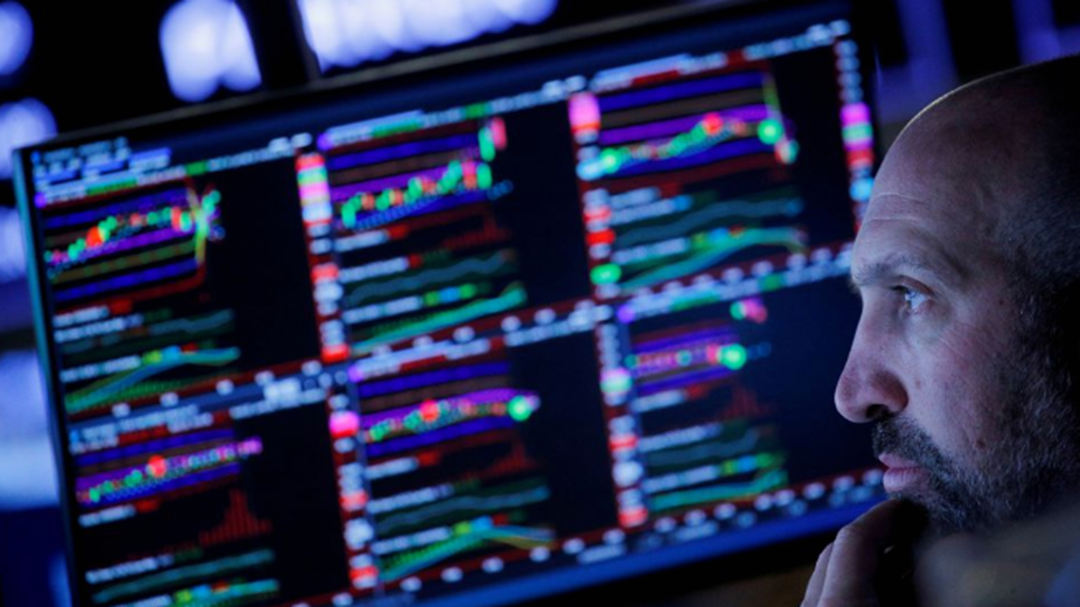
Traders work on the floor of the New York Stock Exchange in New York City, U.S., September 29, 2021. /Reuters
Traders work on the floor of the New York Stock Exchange in New York City, U.S., September 29, 2021. /Reuters
Wall Street ended sharply higher on Tuesday, as Microsoft and Apple spearheaded a strong rebound in growth stocks and investors awaited monthly payrolls data later this week that could influence the U.S. Federal Reserve's decision on when to scale back monetary stimulus.
Apple, Microsoft, Amazon and Alphabet, Wall Street's most valuable companies, each rose following a selloff in growth stocks the day before.
Facebook rebounded a day after taking a beating when its app and its photo-sharing platform Instagram went offline for hours.
Almost all of the 11 major S&P 500 sector indexes rose, with financials, communication services, and technology among the top performers.
The S&P 500 logged its fourth straight day of 1 percent moves in either direction. The last time the index saw that much volatility was in November 2020, when it rose or fell 1 percent or more for seven straight sessions.
"We're buying the dip, but the dip isn't 10 percent anymore. The dip is now 2 percent, or 4 percent," said Jake Dollarhide, chief executive officer of Longbow Asset Management in Tulsa, Oklahoma. "People are trained like Pavlov's dog to buy the dip, which is reinforcing all of this."
Technology stocks and other high-growth stocks took a beating on Monday as U.S. Treasury yields ticked higher amid concerns about a potential U.S. government debt default.
The Senate will vote on Wednesday on a Democratic-backed measure to suspend the U.S. debt ceiling, a key lawmaker said on Tuesday, as partisan brinkmanship in Congress risks an economically crippling federal credit default.
Investors will watch September employment data on Friday for hints about the tapering of the U.S. Federal Reserve's asset purchase program.
Adding to concerns the Fed could tighten monetary policy sooner than expected, recent data showed increased consumer spending, accelerated factory activity and elevated inflation.
Data from the Institute for Supply Management showed its U.S. non-manufacturing activity index edged up to a reading of 61.9 last month from 61.7 in August.
According to preliminary data, the S&P 500 gained 45.23 points, or 1.05 percent, to end at 4,345.69 points, while the Nasdaq Composite gained 178.35 points, or 1.25 percent, to 14,433.83. The Dow Jones Industrial Average rose 315.57 points, or 0.93 percent, to 34,318.49.
The S&P 500 is down more than 3 percent from its record high close on September 2. However, about half of the index's components have fallen 10 percent or more from their own 52-week highs.
PepsiCo gained after raising its full-year revenue forecast. The company said on Tuesday it would likely raise prices again early next year, as it looks to overcome ever increasing supply-chain challenges that include everything from a shortage of Gatorade bottles to a lack of truck drivers.
Source(s): Reuters

